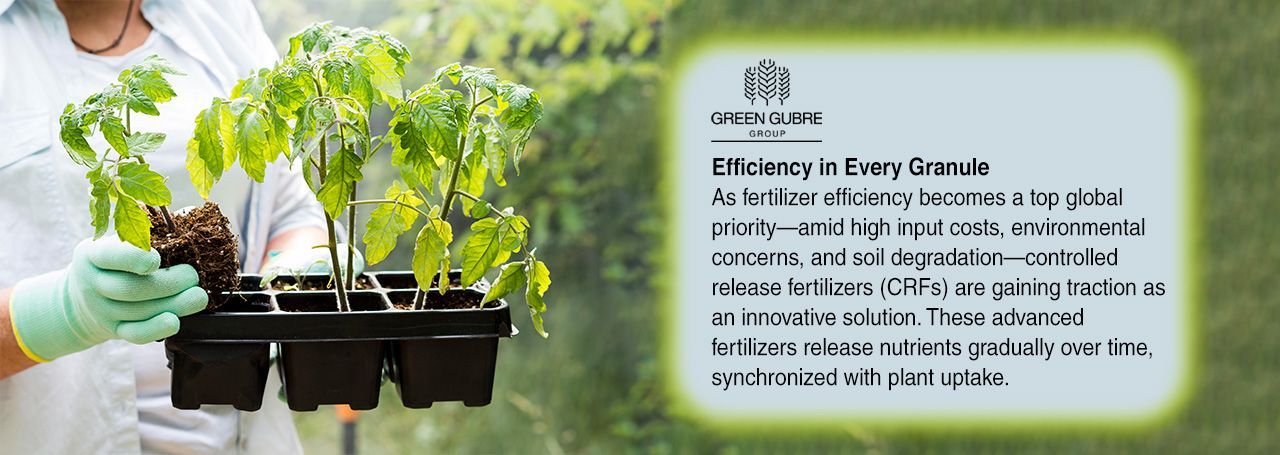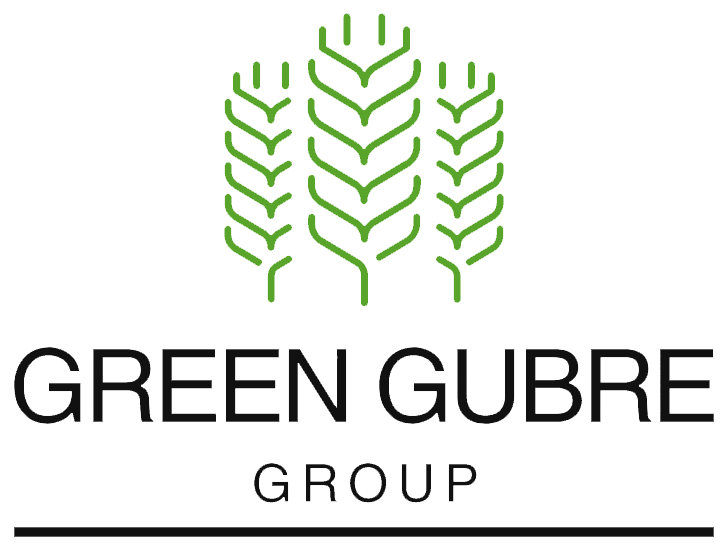Controlled-Release Fertilizers – Smarter Nutrition for Sustainable Agriculture
Controlled-Release Fertilizers.
Smarter Nutrition for Sustainable Agriculture

Introduction: Efficiency in Every Granule
As fertilizer efficiency becomes a top global priority—amid high input costs, environmental concerns, and soil degradation—controlled-release fertilizers (CRFs) are gaining traction as an innovative solution. These advanced fertilizers release nutrients gradually over time, synchronized with plant uptake. By reducing losses from leaching, volatilization, and runoff, CRFs offer higher yields with lower nutrient inputs, making them ideal for modern sustainable agriculture.
1. What Are Controlled-Release Fertilizers (CRFs)?
CRFs are coated or chemically engineered fertilizers designed to release nutrients over an extended period based on soil temperature and moisture conditions. Common CRF types include:
- Polymer-coated urea (PCU): Urea granules coated with semi-permeable polymers that slowly diffuse nitrogen.
- Sulfur-coated urea (SCU): Uses sulfur as a cost-effective, degradable coating.
- Resin-coated NPK: Complete blends with timed release of nitrogen, phosphorus, and potassium.
CRFs can release nutrients over a period of 1 to 6 months, reducing the need for multiple applications and improving nutrient-use efficiency (NUE).
🔗 International Fertilizer Association – Fertilizer Technology Factsheet
2. Benefits of Controlled-Release Fertilizers
CRFs provide a suite of agronomic and environmental benefits:
- Optimized Nutrient Delivery: Nutrients are released in line with plant growth cycles, enhancing uptake and yield.
- Reduced Application Frequency: One application can sustain crops for several weeks or months.
- Environmental Protection: Minimizes the leaching of nitrates and phosphates into waterways, thereby curbing eutrophication.
- Labor Savings: Fewer passes across the field result in reduced labor and fuel costs.
- Improved Soil Health: Prevents nutrient overload and soil imbalances caused by excessive fertilization.
Studies show CRFs can boost nitrogen-use efficiency by up to 50% compared to conventional urea.
3. Key Applications and Use Cases
CRFs are most effective in:
- Rice and maize cultivation: PCUs reduce nitrogen loss in flooded or rainfed systems.
- Horticulture and orchards Are Ideal for long-season crops such as citrus, apples, and tea.
- Forestry and turfgrass: Long-term feeding supports uniform growth.
- Urban landscaping reduces the frequency of fertilizer application and nutrient runoff.
In India, Japan, and Southeast Asia, CRFs are increasingly used in sugarcane and oil palm to reduce split applications and labor dependency.
4. Market Outlook and Adoption Trends
The global CRF market is projected to reach $4.2 billion by 2030, driven by:
- Fertilizer price volatility and demand for higher NUE
- Environmental regulations limiting the overuse of nitrogen and phosphorus
- Precision agriculture practices and digital fertilization models
Top adopters include the USA, China, Japan, and Brazil. Africa and South Asia are emerging markets, where government- and donor-led trials are promoting the adoption of maize, rice, and vegetables.
🔗 MarketsandMarkets – Controlled Release Fertilizer Market Forecast
5. Barriers and Considerations
Despite their benefits, CRFs face particular challenges:
- Higher Cost per Ton: 2–3x more expensive than traditional urea; however, the cost per unit of effective nutrient absorbed is often lower.
- Limited Local Availability: This is especially true in developing regions where distribution systems are underdeveloped.
- Lack of Farmer Awareness: Agronomic training is needed to understand application timing, blending compatibility, and expected outcomes.
To scale adoption, technical assistance, field demonstrations, and inclusion in subsidy programs are essential.
Green Gubre Group – Precision Meets Sustainability
At Green Gubre Group, we offer controlled-release solutions designed for:
- Rice, maize, tea, citrus, and vegetable systems
- Multi-nutrient CRF blends with micronutrients and sulfur
- Tailored formulations based on soil and climatic zones
- Technical support for CRF integration into national extension and subsidy frameworks
Whether you’re optimizing farm economics or enhancing environmental stewardship, Green Gubre is your partner in delivering smarter nutrition.




